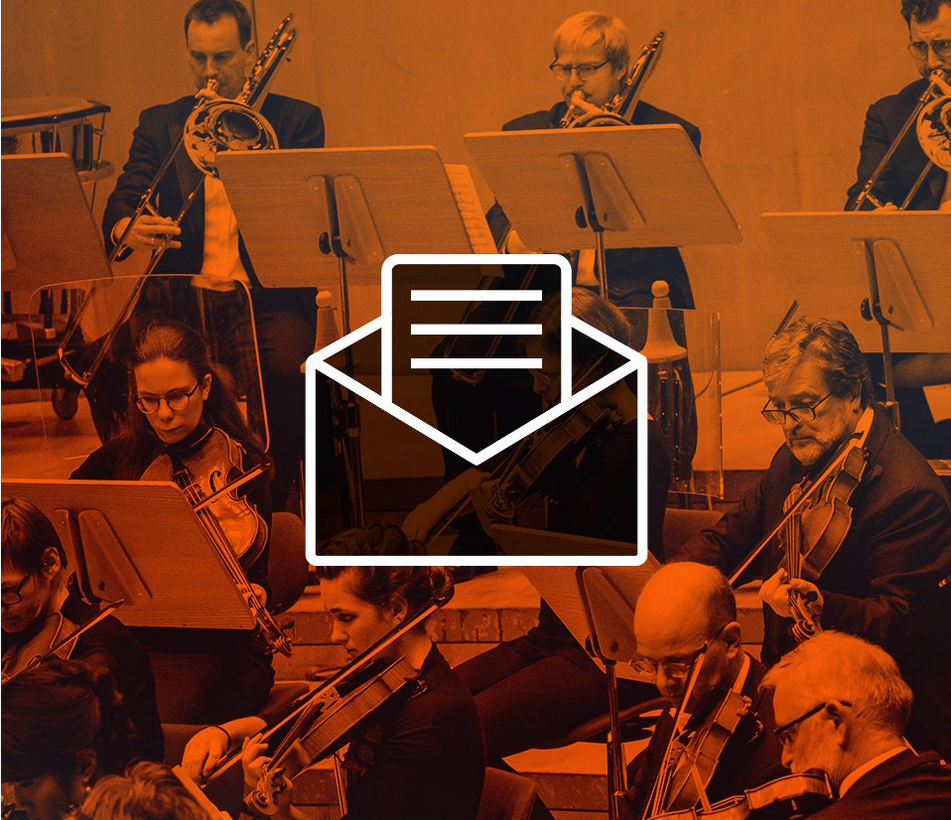Johannes Brahms
Violin Concerto in D major op.77 (1878)
Edward Elgar
Symphony No. 2 in E flat major op.63 (1909–11)
- James Ehnes Vionlin
- Gürzenich-Orchester Köln
- Juanjo Mena Conductor
Introduction 50 minutes before the start of the concert in the concert hall
Occasionally, a composer can fall back on tried-and-true recipes for success. A composer such as Johannes Brahms probably knew what a regular violin concerto was expected to sound like, fresh from the factory. Fully equipped, it should have lyrical and passionate bits, sporting virtuoso passages while still conveying depth of soul. Then the curtain rises, and a fearless soloist faces the world, all alone in the musical spotlight.
Brahms, however, managed to shed a completely new light on his only and unique Violin Concerto. In it, he created a true community of musicians, an equal dialogue artfully interwoven. Tutti and solo part at eye level. As the title indicates: Concerto for Violin and Orchestra. Furthermore, Brahms, who loved dark, sombre colours in his works, went sunny side-up here: even the greatest technical challenges seem suffused with a warm light.
In Edward Elgar’s Symphony No. 2, everything seems to go to plan. Four movements, four characters, a familiar pattern: the beginning ranges from ceremonious to cheerfully dignified, the slow second movement is drenched in longing and slightly introverted. A third movement comes across as rhythmically playful and moderately wild, a classic case of symphonic adrenaline.
And the fourth? Races towards a euphoric finale, as prescribed. Or does it? Playing cunningly with symphonic light and shadow, Edward Elgar finds a highly original exit strategy for his Second Symphony.

